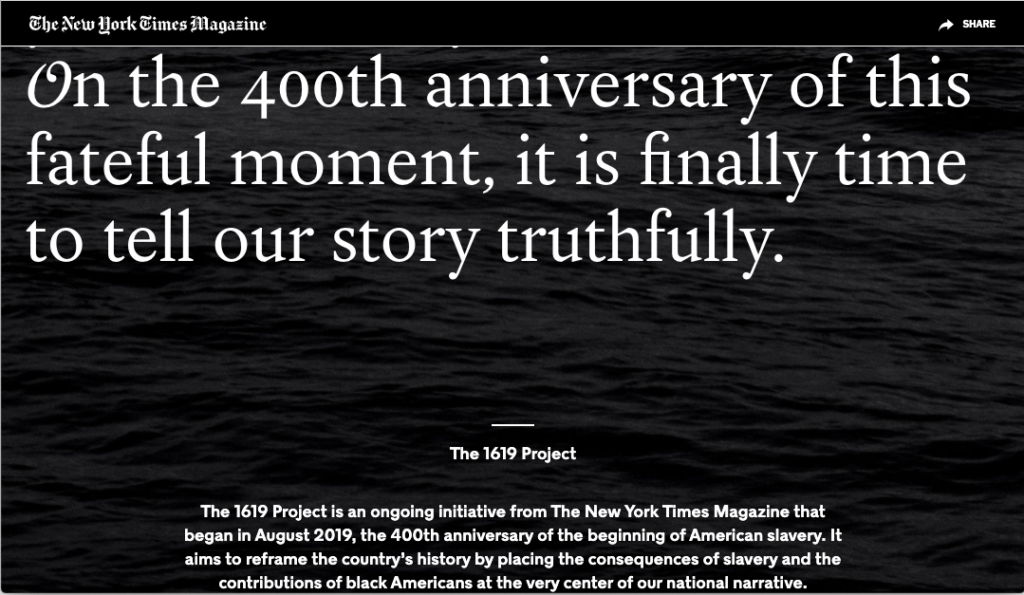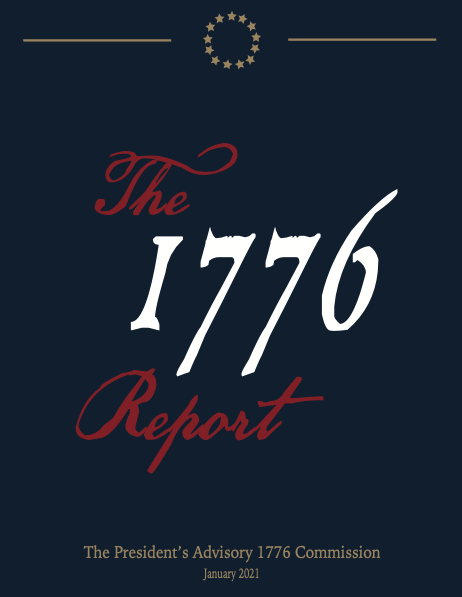These young people are inspiring and their concerns are a call to action. It’s a noble goal: ridding the world of misinformation. Unfortunately, that mission poses a few problems. There’s some “misinformation” that we love. Also, who gets to decide what is called misinformation?
There’s a free speech argument that all content should be part of a “grand marketplace of ideas.” When dealing with misinformation, I believe it comes down to the relationship between content and intent. We have reached a critical juncture in society and perhaps a trip down memory lane will reveal the path forward.
Memory Lane
I grew up on a steady diet of satire and parody. It started with cards and stickers called Wacky Packages that often mixed in a little political or social commentary within their spoofs of well-known household brands.
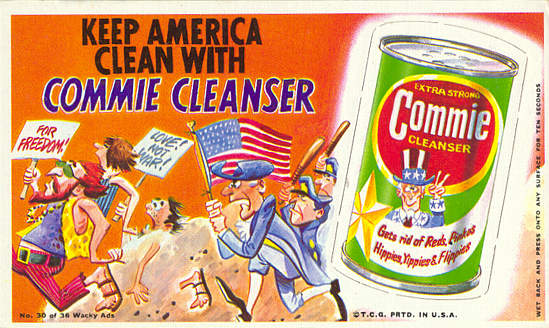
I soon moved on to Mad Magazine. Mad was known for its clever wordplay and parodies of popular culture, media, politics and how those topics intersect. I didn’t always understand it, but being exposed to many cultural touchstones of the 20th century helped to make me a well-rounded individual.
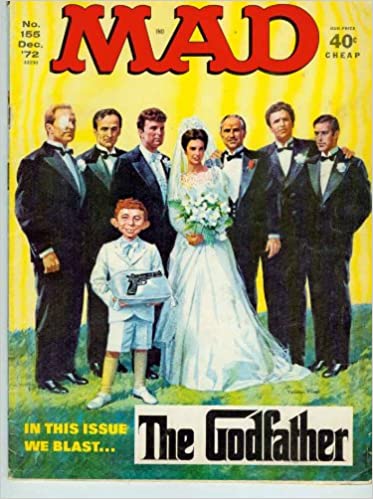
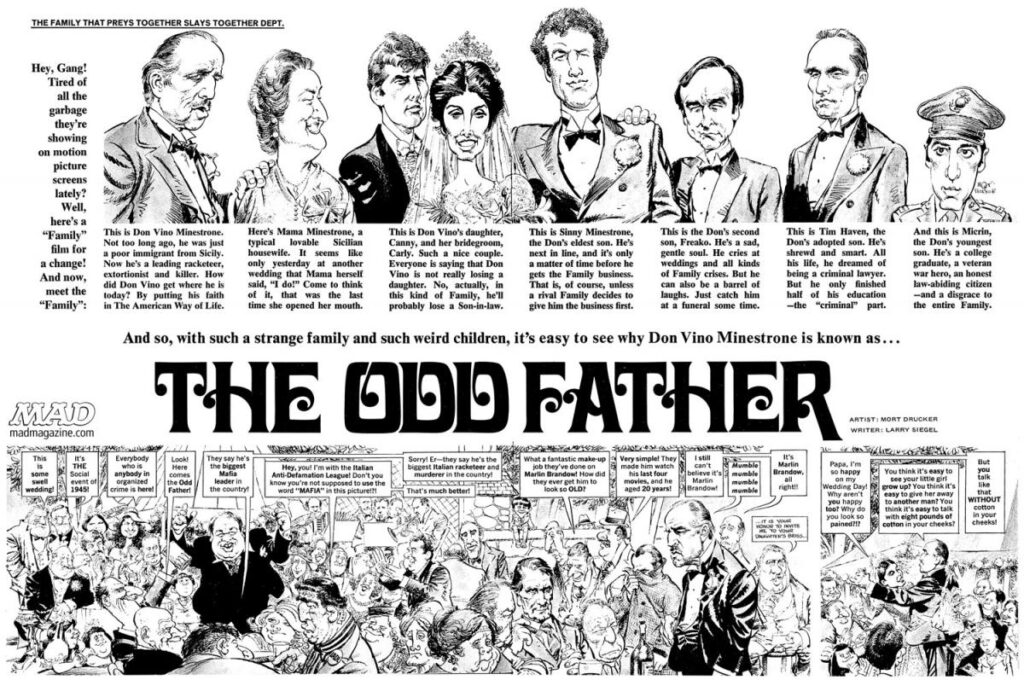
This cartoon was the back cover of a 1972 issue I smuggled into grade school. It served as a grim reminder of the traumas the Vietnam war inflicted on US soldiers. The humor in Mad was irreverent and often controversial.
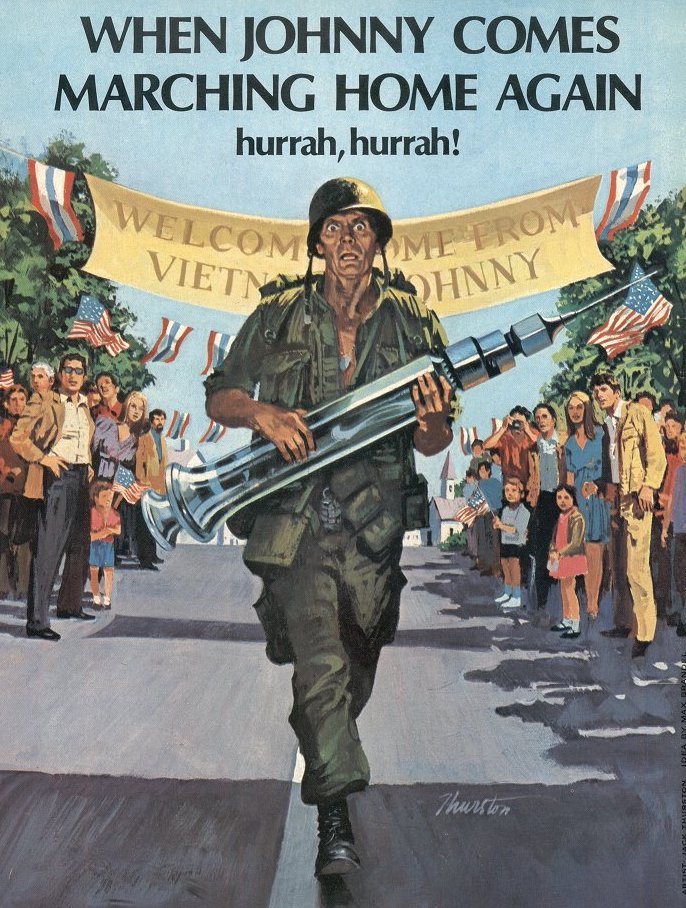
My life changed when this National Lampoon issue appeared on newsstands the following year; I’ve been hooked on satire ever since. For a kid coming of age and grappling with the concept of mortality, the “Death” issue of the publication was my entrance into young adulthood, albeit through a snarky and slightly sophomoric doorway.
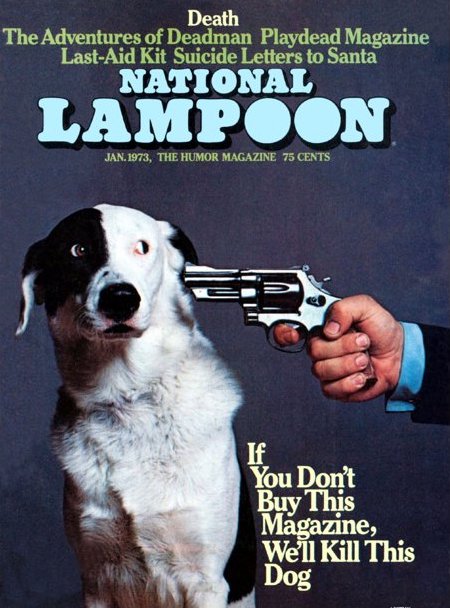
So why this trip down memory lane?
All of the examples of parody and satire from my childhood encountered opposition from certain sectors of society. Wacky Packages stickers were a little bit of innocent fun. Nevertheless, fourteen of the original Wacky Packages designs were pulled due to cease and desist letters from the companies being targeted. Mad Magazine was banned from my Catholic elementary school and the publishers clashed with LucasFilms lawyers over a parody of The Empire Strikes Back.
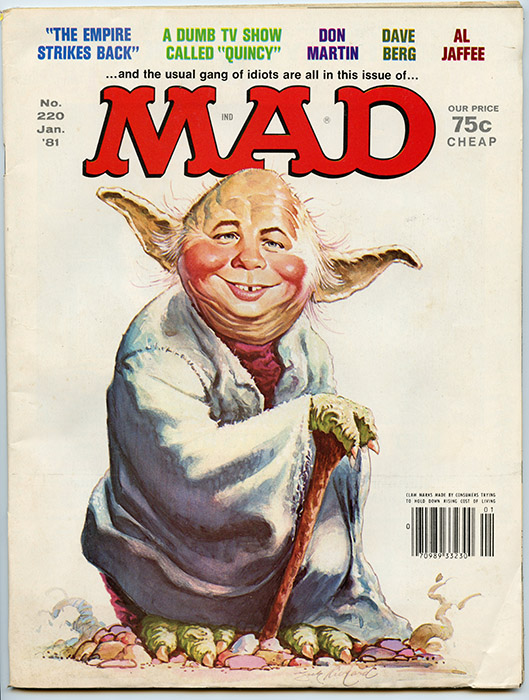
Thankfully, George Lucas intervened on behalf of the magazine, thanks to his love of the publication and friendship with Mad’s Mort Drucker, who had created the movie poster for Lucas’s first Hollywood film, American Graffiti.
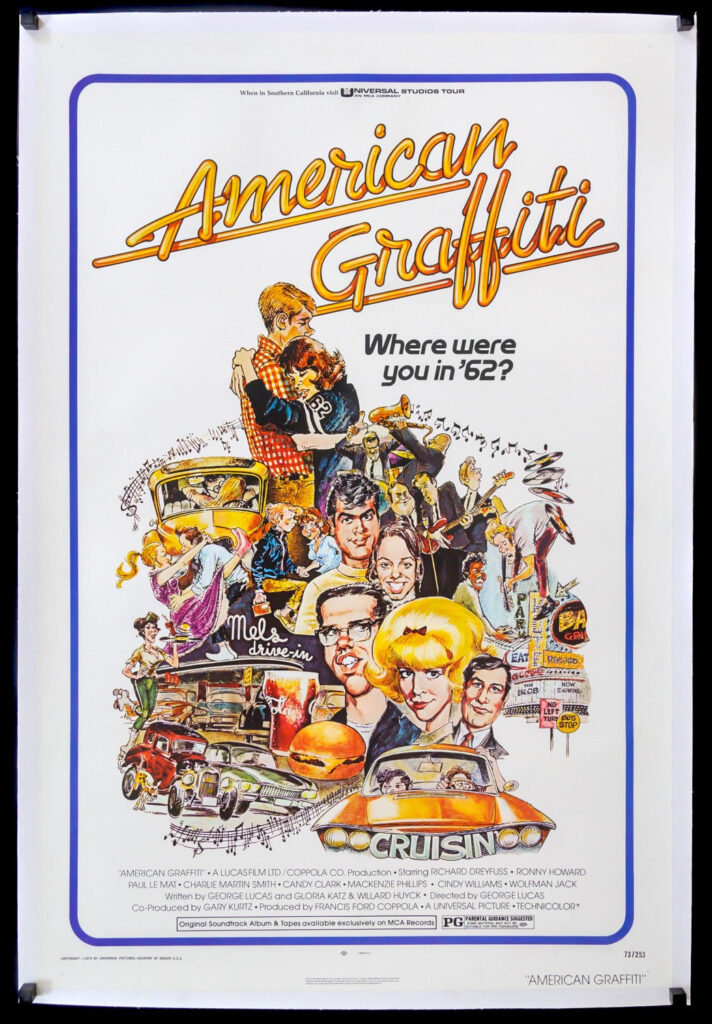
National Lampoon was controversial throughout its 18-year run, even settling a 30 million dollar lawsuit with Volkswagen for printing this parody of an iconic VW ad that targeted Massachusetts Senator Ted Kennedy after his involvement in a fatal accident in Chappaquiddick.
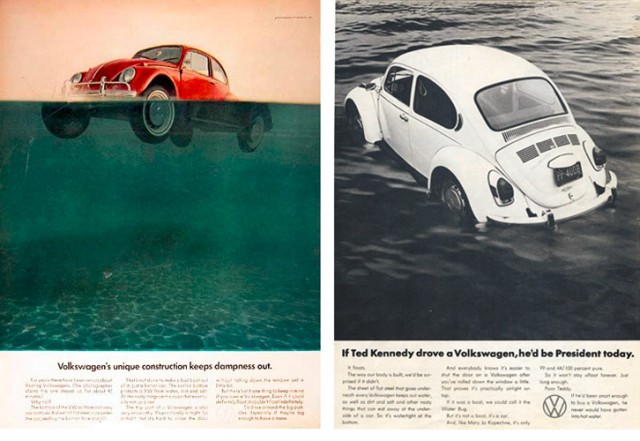
I’ve focused on the most “benign” category on the misinformation spectrum (satire and parody) to illustrate the principle that the intent of this content is not to cause harm but to amuse and, in some cases, provoke discourse (and lawsuits!) However, this is not always the case. Sometimes, as detailed in this AFP article, republished by Yahoo, some content classified as satirical can be misinformation. According to the guide created by Claire Wardle of First Draft, we must be wary of camouflaged content in this era of Information Disorder. She stated:
“Increasingly, what is labeled as ‘‘satire” is hateful, polarizing and divisive.”
From 1619 to 1776 (and back)
There are other ways that the “misinformation” label can be used as a cudgel to suppress speech and limit the exchange of ideas. The 1619 Project is an excellent case study for this topic.
Conservatives railed against this NY Times Magazine Investigative Project and its inclusion in the curriculum of some schools, calling it a “false narrative” and claiming it taught young people to “hate America.” Atlantic staff writer Adam Serwer examines this issue in his May 2021 article: Why Conservatives Want to Cancel the 1619 Project. Serwer’s assertion on this subject is succinct.
“The idea that ugly aspects of American history should not be taught, for fear that students—white students in particular—might draw unfavorable conclusions about America, is simply an argument against teaching history at all.”
The 1619 Project became part of rightwing smear campaign against the teaching of Critical Race Theory. There is an increasing body of evidence that this disinformation is a cynical ploy for partisan advantage, a line of thinking discussed in detail in this June 2021 episode of NPR’s Fresh Air.
In addition to the misinformation sent out to the public, stoking the fire of racial animus about the 1619 Project and CRT, former President Trump appointed a commission that delivered a 45-page rebuttal to the 1619 Report and a blueprint for “patriotic education.”
A majority of historians denounced the project. An NBC News article characterized the report as “rife with false assertions,”errors, and omissions that “warp history.” The intent for this blatant misinformation is to indoctrinate young people, as with this frothy conjecture from the opening paragraph of the slavery section.
Slavery
– Opening paragraph of the Slavery section from the 1776 Report
“The most common charge levelled [sic] against the founders,
and hence against our country itself, is that they were
hypocrites who didn’t believe in their stated principles,
and therefore the country they built rests on a lie. This
charge is untrue, and has done enormous damage,
especially in recent years, with a devastating effect on
our civic unity and social fabric.”
It must be true, they used the word “hence.”
Thankfully, President Biden disavowed the Federal Government’s support for this propaganda.
Content and Intent
Returning to those “thrilling days of yesteryear,” many of the original Wacky Packages cartoons mentioned earlier were drawn by a young Art Speigelman, the creator of the Pulitzer Prize-winning graphic novel, Maus. Speigelman has been in the news as of late.
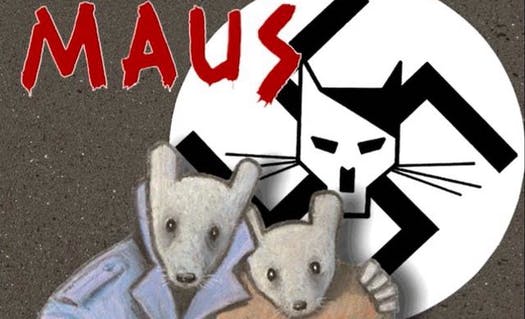
His most renowned book depicting his parents’ experience in a Nazi concentration camp was recently banned by the Board of Education in McMinn County, Tennessee for language (words like bitch and god damn) and nudity (of cartoon animals) CNN interviewed Speigelman soon after the unanimous decision was announced.
David Corn, the Washington DC Bureau Chief for Mother Jones did some fine reporting on the subject, and Laurie Herzel, Senior Book Editor at Minnesota’s Star-Tribune put the story into literary and historical perspective in her piece: Let’s not mince words: Banning books like ‘Maus’ is the work of bigots.
Once again, mis/disinformation is at the at the root of the problem. There is a well-orchestrated propaganda campaign around books written by people from marginalized communities, designed to gin up anger among conservative American parents. The library should be a true “marketplace of ideas.” If we look at both the content and intent of these books it is clear that they deserve their place on library bookshelves.
It is ironic that an award-winning graphic novel about the Holocaust can be banned in the US in 2022. It demonstrates intolerance for a story about the ultimate expression of intolerance.
The Path Forward
There were a few things I realized while creating this blog post:
- Someone’s “history” is someone else’s misinformation.
- Someone’s lies are someone else’s “alternative facts.”
- Someone’s journalism is someone else’s “fake news.”
- Someone’s hate speech is someone else’s satire.
How can we rid this world of misinformation if we can’t agree on what it is?
Then I remembered the children.
The banned books, the vilification of CRT and the 1619 project, the creation of “patriotic educational materials” – all of this was allegedly done by “concerned adults” to protect the well-being of our children. That is perhaps the MOAM (mother of all misinformation.)
It was never about the children, but it should be.
As I look around the website for the PBS Student Reporting Labs, I am filled with hope. Articles like Trans teens react to passage of anti-trans bills or this report about Ethnic studies in California reflect the more inclusive world they are building. Their journalism skills will put them on the front lines in the coming War on Misinformation. They are the stakeholders in the future.
So when it comes to misinformation, the older folks may be a lost cause, but take heart.
The kids are alright.
